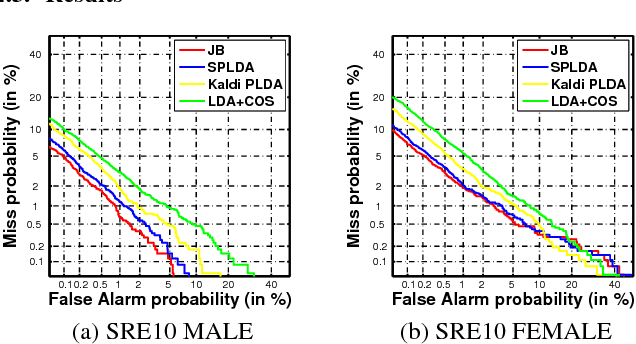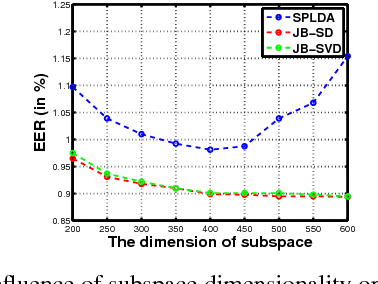Yiyan Wang
UniGarmentManip: A Unified Framework for Category-Level Garment Manipulation via Dense Visual Correspondence
May 11, 2024



Abstract:Garment manipulation (e.g., unfolding, folding and hanging clothes) is essential for future robots to accomplish home-assistant tasks, while highly challenging due to the diversity of garment configurations, geometries and deformations. Although able to manipulate similar shaped garments in a certain task, previous works mostly have to design different policies for different tasks, could not generalize to garments with diverse geometries, and often rely heavily on human-annotated data. In this paper, we leverage the property that, garments in a certain category have similar structures, and then learn the topological dense (point-level) visual correspondence among garments in the category level with different deformations in the self-supervised manner. The topological correspondence can be easily adapted to the functional correspondence to guide the manipulation policies for various downstream tasks, within only one or few-shot demonstrations. Experiments over garments in 3 different categories on 3 representative tasks in diverse scenarios, using one or two arms, taking one or more steps, inputting flat or messy garments, demonstrate the effectiveness of our proposed method. Project page: https://warshallrho.github.io/unigarmentmanip.
Joint Bayesian Gaussian discriminant analysis for speaker verification
Jan 19, 2017



Abstract:State-of-the-art i-vector based speaker verification relies on variants of Probabilistic Linear Discriminant Analysis (PLDA) for discriminant analysis. We are mainly motivated by the recent work of the joint Bayesian (JB) method, which is originally proposed for discriminant analysis in face verification. We apply JB to speaker verification and make three contributions beyond the original JB. 1) In contrast to the EM iterations with approximated statistics in the original JB, the EM iterations with exact statistics are employed and give better performance. 2) We propose to do simultaneous diagonalization (SD) of the within-class and between-class covariance matrices to achieve efficient testing, which has broader application scope than the SVD-based efficient testing method in the original JB. 3) We scrutinize similarities and differences between various Gaussian PLDAs and JB, complementing the previous analysis of comparing JB only with Prince-Elder PLDA. Extensive experiments are conducted on NIST SRE10 core condition 5, empirically validating the superiority of JB with faster convergence rate and 9-13% EER reduction compared with state-of-the-art PLDA.
 Add to Chrome
Add to Chrome Add to Firefox
Add to Firefox Add to Edge
Add to Edge